Last June, a mass lead poisoning case at the Heshi Peixin private kindergarten in Xihe County, Tianshui City, Gansu Province, China, shocked public opinion nationwide.
According to China Daily, more than 230 children, mostly between the ages of 3 and 6, suffered severe lead poisoning after eating dishes made with industrial pigments containing lead levels hundreds of thousands of times higher than the safety threshold.
So far, the authorities have intervened, the children have been treated, but the aftermath of the incident is still boiling on Chinese social networks. The incident not only exposed serious loopholes in food safety management but also revealed shocking details such as blood test manipulation, concealment of violations and lack of responsibility by authorities.
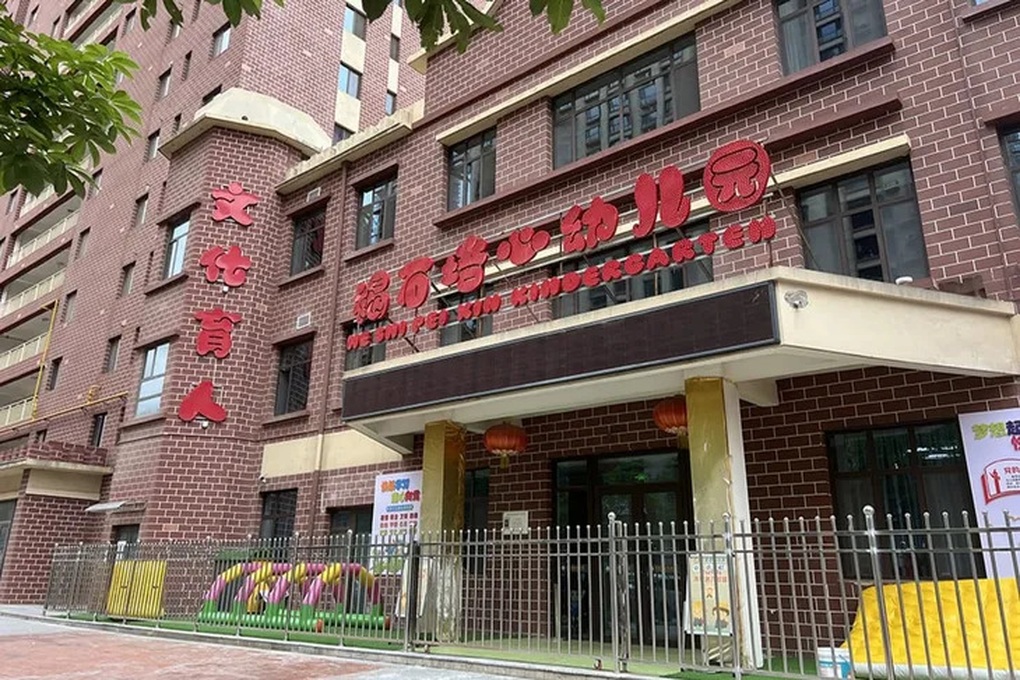
Scene of the incident (Photo: CCTV).
Tragedy in kindergarten
The lead poisoning was discovered in late June at Heshi Peixin Kindergarten, a private institution in Tianshui, Gansu Province, with about 251 students.
According to CCTV , since the beginning of 2024, many parents have noticed that their children have unusual symptoms such as nausea, abdominal pain, fatigue, weight loss, tooth discoloration, and bad breath. Initially, these signs were ignored, thought to be due to common health problems.
However, in early July, when some parents took their children to major hospitals in Xi'an for check-ups, blood tests showed that more than 230 children had blood lead levels that exceeded the safety threshold. Some severe cases reached 528 µg/L, compared to the safety threshold of 20 µg/L.
The incident immediately caused panic among parents. Many families rushed their children to medical facilities outside Thien Thuy for examination, while local authorities sealed off the school kitchen and seized food samples for investigation.
Shocking findings
An investigation conducted by the Gansu provincial government in collaboration with the provincial Center for Disease Control and Prevention (CDC) revealed shocking details.
According to the report, the main cause of the poisoning was the serious violation of the chef, surnamed He, who bought industrial pigments (yellow, red, green) in 2024 and early 2025 at a cheap price, only about 6 yuan (US$0.8) per 100 grams.
Despite the packaging stating “not for food use,” the pigment was used to infuse foods such as tri-colored date cakes and corn dogs, six times a month, which were served not only to students but also to school staff.
A report released on July 20 found that the lead content in the pigment reached 209,890 mg/kg, 400,000 times higher than the safe threshold (0.5 mg/kg). Dishes such as date cakes contained 1,052 mg/kg of lead, while corn sausages contained 1,340 mg/kg.
The act of mixing food coloring powder was clearly recorded by security cameras, becoming undeniable evidence.
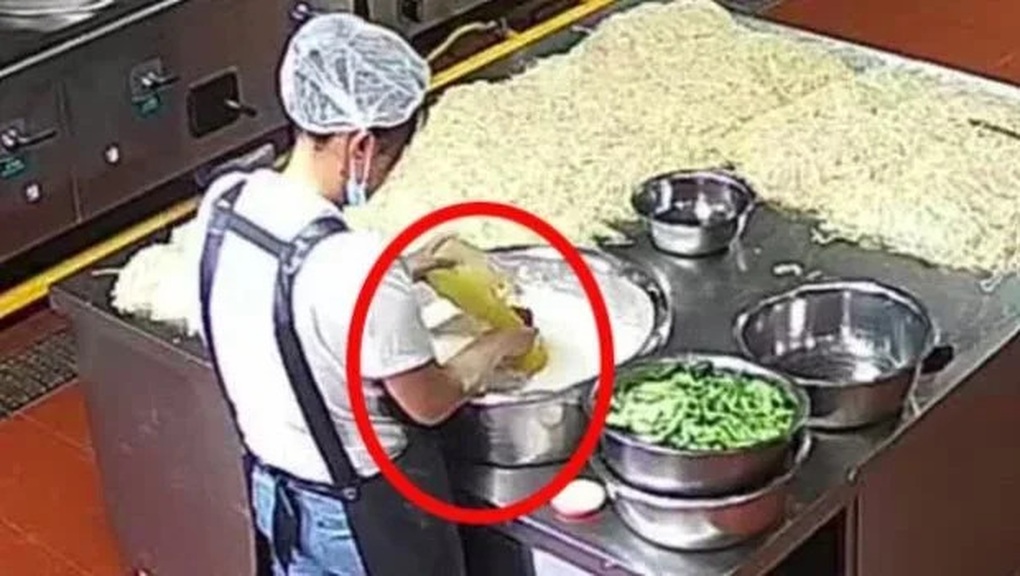
Kitchen staff mixed food coloring into food for students and school staff (Photo: South China Morning Post).
What was even more outrageous was that initial blood tests at Tianshui Second People’s Hospital showed “normal” lead levels. It was only when parents took their children to facilities in Xi’an for testing that the severity of the poisoning was discovered.
According to a report by the Gansu Provincial Party Committee, medical staff manipulated blood tests by shaking blood tubes, leaving samples exposed to the environment for more than three hours, or intentionally altering results to lower lead levels. Some blood samples were even destroyed to cover up the violations.
The investigation also found that local education officials had accepted bribes from the investor, Mr. Li, to license Peixin School, despite the school lacking the necessary legal documents. Previous food safety inspections had also been perfunctory, with no violations found for months.
Public opinion is in turmoil, dozens of people are detained
The incident has sparked an unprecedented wave of outrage on Chinese social media. Thousands of posts on Weibo and Douyin call for severe punishment of those involved and transparency of information. Many parents have staged protests, demanding compensation and free treatment for their children.
Faced with public pressure, the Gansu provincial government acted quickly. According to China Daily, local leaders publicly apologized, set up a legal hotline to support families, and pledged to cover all medical expenses.
Eight people, including the principal surnamed Zhou, the investor surnamed Li, and six kitchen staff, were detained on charges of “producing toxic food.” Ten senior officials, including education bureau director He Xu and market regulation bureau director Zhang Haibin, were suspended. In addition, 17 other individuals are under disciplinary investigation.
Tianshui No. 2 People's Hospital was transferred to the management of Gansu Provincial People's Hospital with modern lead testing equipment installed.
China's State Council has set up a central expert panel to oversee the incident and issued new guidelines on school food safety. Peixin School has been temporarily transferred to a public kindergarten to ensure uninterrupted education.
To date, 234 children have been treated and discharged from hospital, with their average blood lead levels dropping by 40.21%. However, health experts warn that lead poisoning can have long-term consequences.
According to the World Health Organization (WHO), there is no safe level of lead exposure, especially for children. Children with lead poisoning are at risk of brain and nervous system damage, reduced IQ, behavioral disorders and learning disabilities. Some children in Peixin had lead levels exceeding 450 µg/L, a severe level of poisoning that can lead to kidney failure and anemia.
Source: https://dantri.com.vn/suc-khoe/vu-ngo-doc-chi-tu-thuc-an-rung-dong-trung-quoc-234-nan-nhan-la-tre-em-20250724125407248.htm



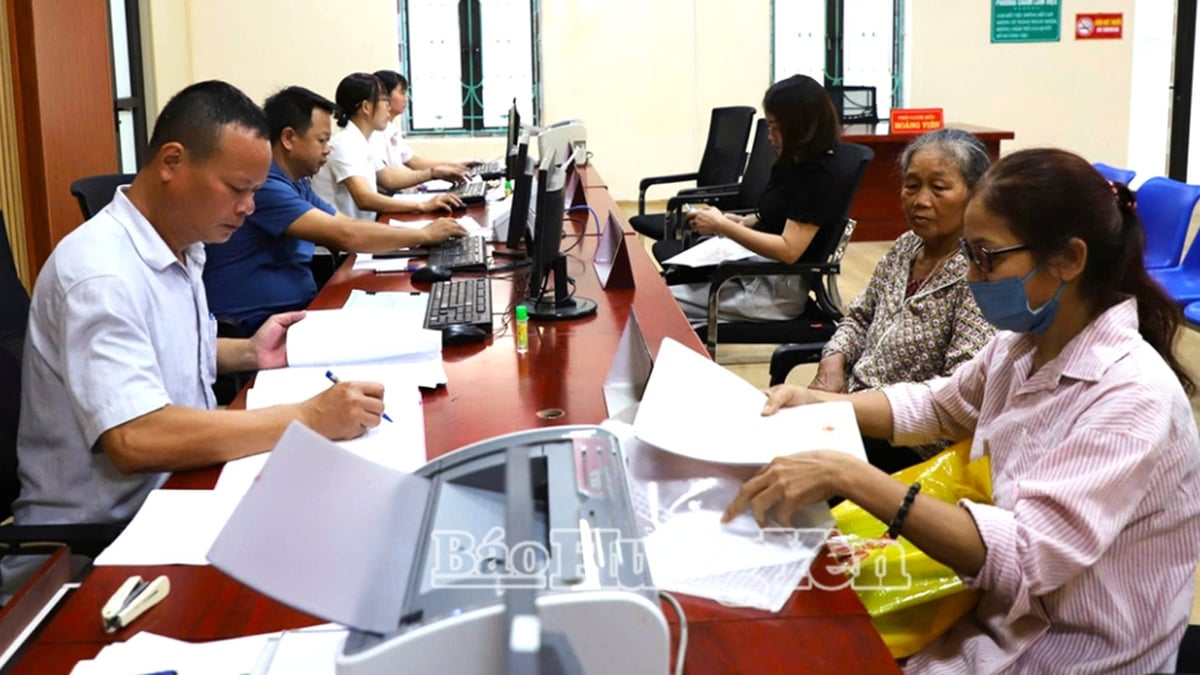



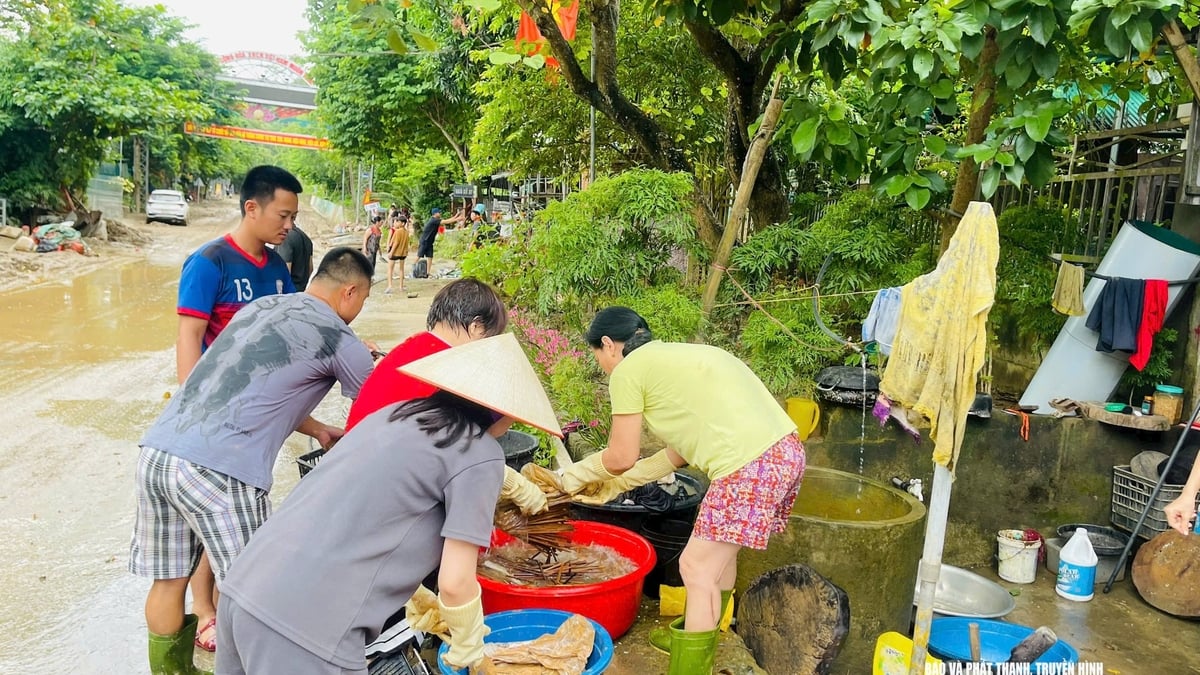
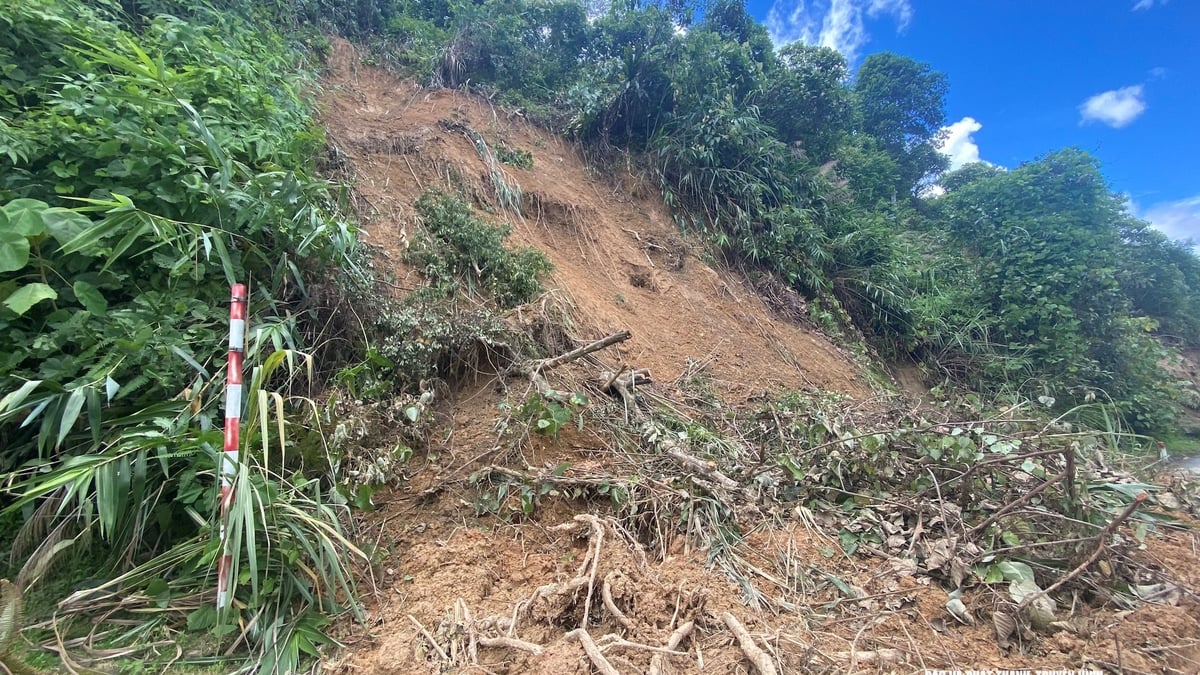
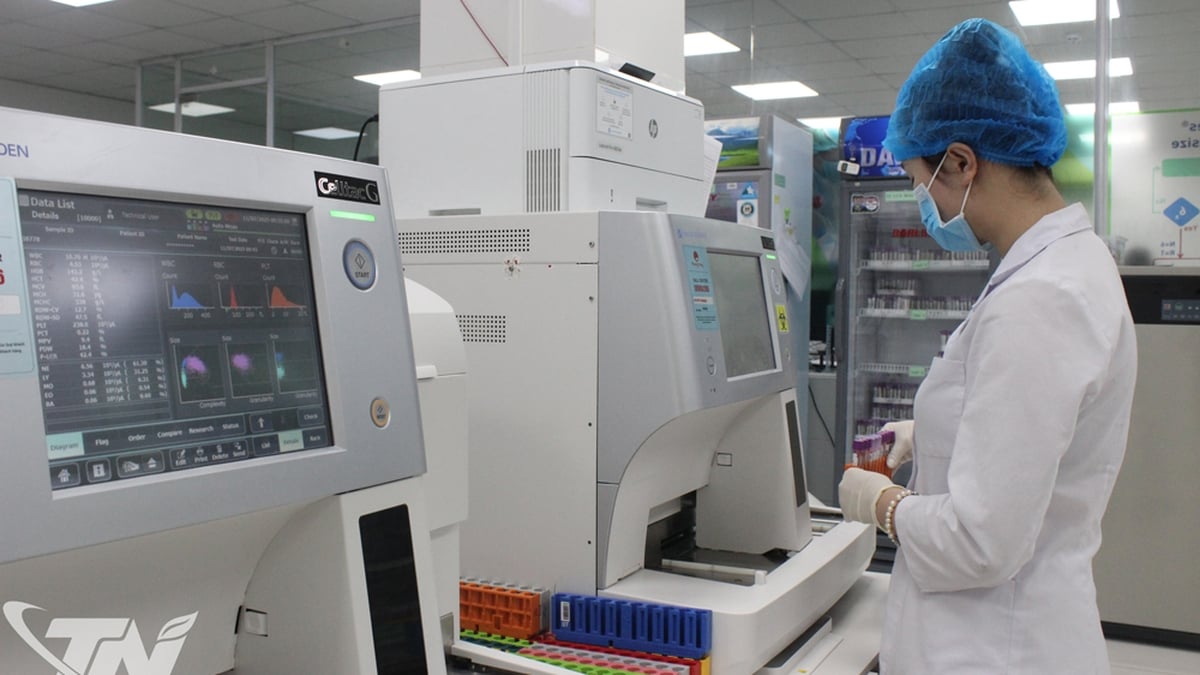
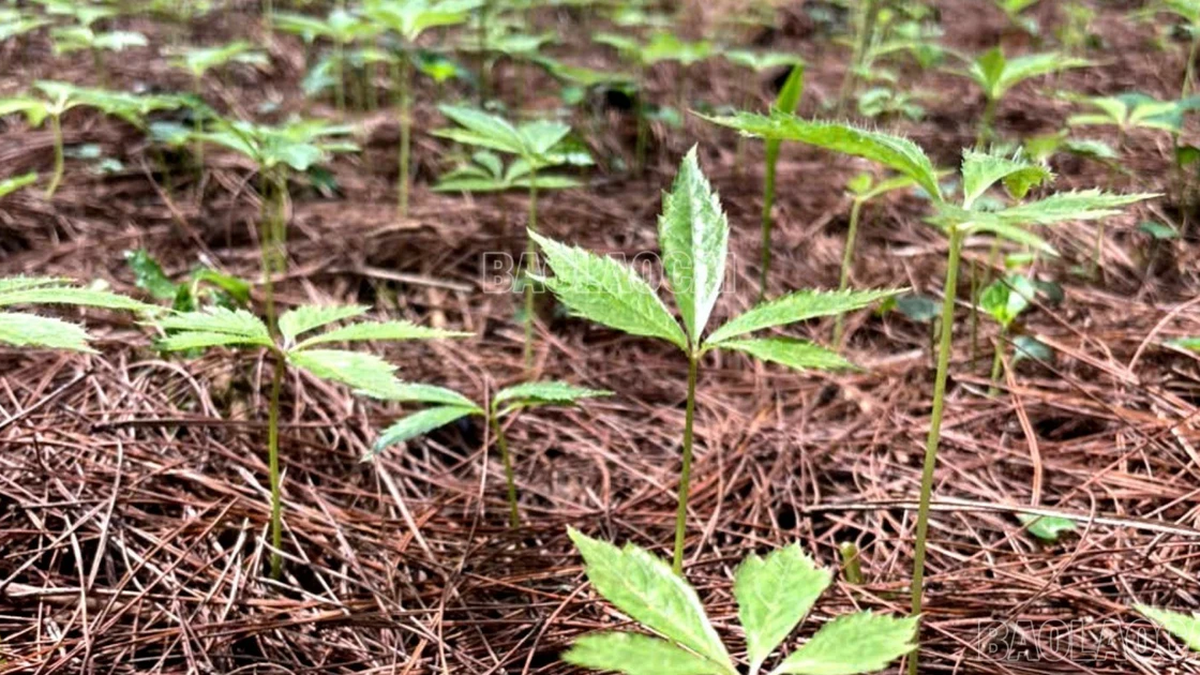








































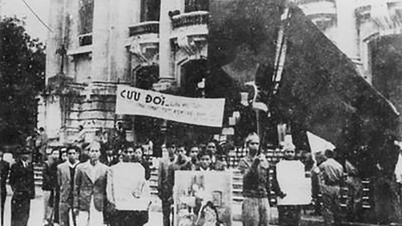
















































Comment (0)